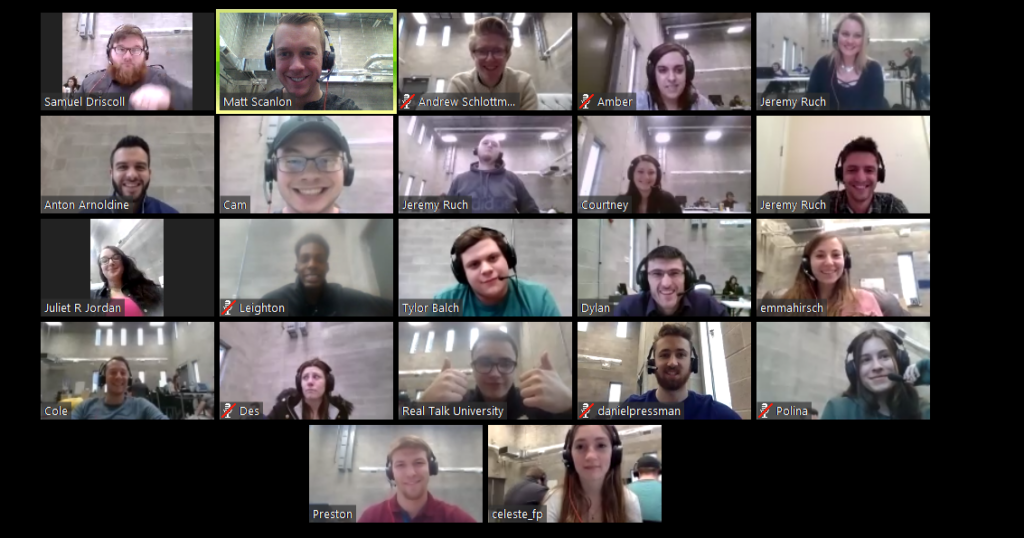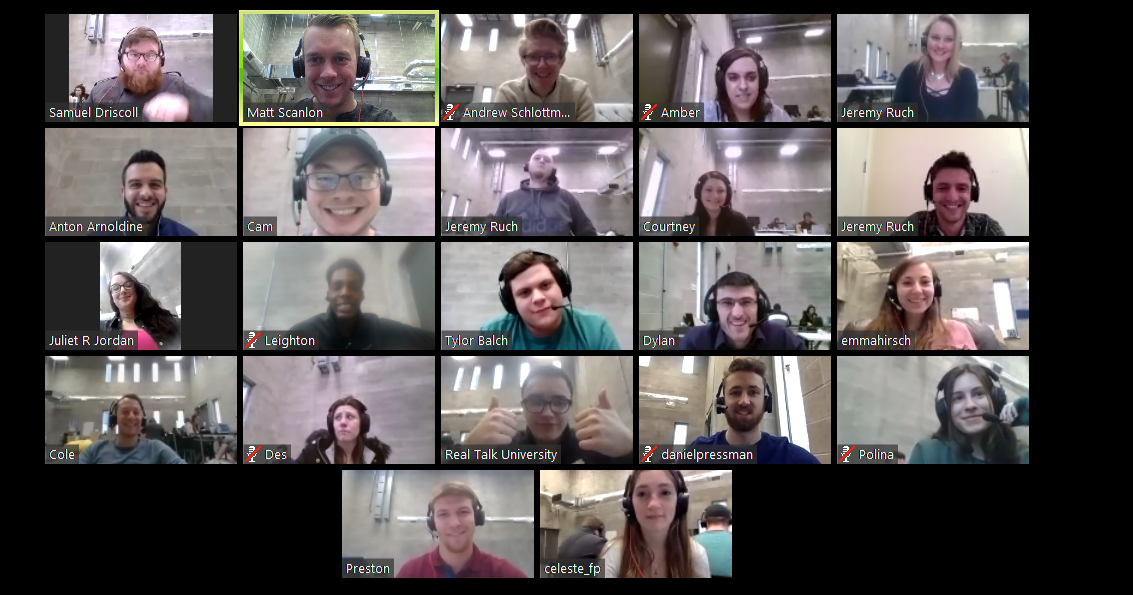
It’s 2019, and a common trope is that automation and technology are job-killers. These fears are particularly prevalent in the sales world. Technology has changed the traditional buying process, and a common line of reasoning goes: “there is no need for traditional salespeople – or any salespeople – in a world where buyers can do research online and have their questions answered by bots.” Analogous arguments exist in almost every profession.
Far less discussed are the countless numbers of jobs being enabled by new technology every day. While these are often overlooked in broader discussions about the future of work, they are sharply in focus at Bandalier, because many important elements of our organization’s sales processes and culture could not have existed in the same form even a decade ago.
Our outsourced inside sales teams have conducted sales calls from Binghamton, NY on behalf of clients based in places as far away as Australia and the Philippines. A suite of software tools developed in the last few years makes our work immeasurably easier, from internal communications to collecting and analyzing data.
- Outreach.io (created in 2013) allows us to standardize e-mail and call cadences and record calls so our clients can get direct transparency into what’s happening on the phones.
- We use Periscope Data (created in 2012) to present our clients with real-time analytics on their program’s performance against an index of other Bandalier clients.
- Zoom’s video conferencing software (created in 2011) allows us to communicate seamlessly with our clients as well as internally as a team on work from home days. This technology virtually connects our outsourced inside sales teams together with their counterparts in client HQs, to create a seamless extension of a client’s in-house team. This tool also enables our team to be flexible and helps to facilitate several work-from-home days each month.
- Like many growing companies, we use Slack (created in 2009) to communicate internally. We provide updates in a ‘stand-up’ channel and celebrate wins in ‘the_gong’ channel. But Slack also allows us to communicate with our clients through multi-org channels, enabling them to provide real-time feedback and share in our (their!) success when demos are scheduled.
- Zapier (created in 2011) allows us to automatically update clients (and their CRMs) with lead information when demos are booked.
Certainly, it’s true that tools like these have eliminated certain types of work–generally, mundane tasks salespeople used to dread (for instance, putting data into spreadsheets, or manually dialing numbers). Using these technologies, our employees are free to focus on higher-level work that is far more likely to generate results (for instance, researching client websites and Linkedin profiles before reaching out, and then tailoring their pitches accordingly)–and more difficult to replace with bots.
One decade ago it may have been hard for a sales manager at a growing tech company to wrap their head around using an inside sales team based thousands of miles away in a small city in upstate New York. They might have asked questions like: “how will we know they are actually working?” or “how will I provide them with feedback the way I could with an in-house team?” These tools have given us great answers to these questions, allowing Bandalier to create economic opportunity in parts of the country where start-ups and jobs in tech are usually harder to find.














